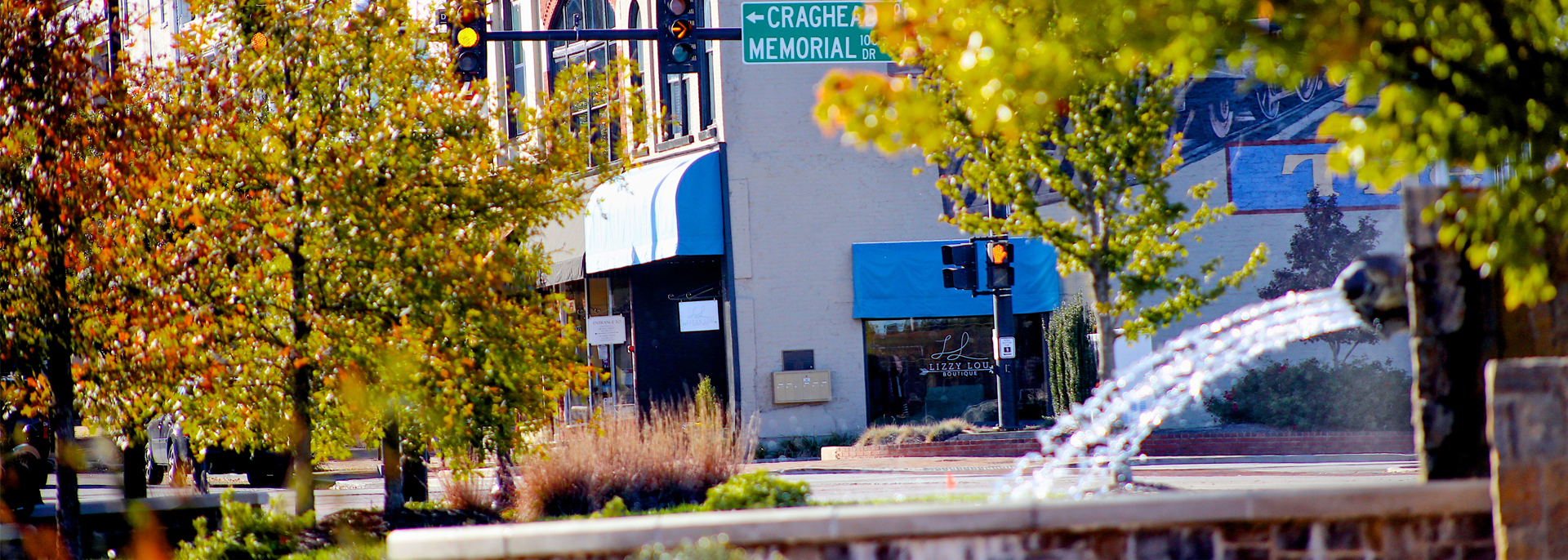

Post-Pandemic Recovery - Lee Anne Nance
A Note from DRF: A question we find ourselves asking right now is what communities will look like and how they will operate in a post-pandemic world. As restrictions are lifted, we may freely move about more but some businesses, organizations and those in the workforce will still struggle to recover for some time to come. DRF asked our friend Ted Abernathy with Economic Leadership LLC to curate some thoughts on the subject from leaders across the United States to help us think about what’s next.
After the pandemic, here are ten expectations.
1. Access to the infrastructure and technologies that support connectivity to education, work, health care and social interaction will create economic and social disparity as never before.
2. Communities will be limited in the number of vulnerable citizens that can be served and serving them will be more cumbersome. Access to food, shelter, mental health and social resources will be diminished.
3. To adequately respond to life after the pandemic, municipal, county and state governments will need to recreate how they allocate financial resources. Grants, loans and budgets will have to be quickly transformed.
4. Open space amenities will be in higher demand. Private developers and public entities will be expected to invest more in outdoor spaces.
5. Because women have been disproportionately impacted by the pandemic, there will be a tremendous amount of ground to make up. This may discourage women from returning to the work force at all, and the ones who do return, may have lost opportunities that will impact the rest of their career and therefore their retirement.
6. Employees who have been able to successfully work at home will not want to return to a “full-time at the office scenario.” Employees will expect a hybrid arrangement or to remain at home, with occasional collaboration meetings at the office.
7. The world of real estate will change. Some shopping malls will be repurposed, maybe even as senior living communities. Planned office projects are already being repurposed to residential. With regards to urban flight, I’m not convinced that this the pandemic will create a rapid migration to the suburbs. I feel this decision has always been age based (children), and I don’t see that changing.
8. People will value educators more, and maybe, just maybe, pay them what they deserve.
9. There has been a rise in private school enrollment because most of the private schools are open on a regular schedule and the class sizes are smaller. I’ll be interested to see if this continues post pandemic, but I truly hope it won’t. Instead, I hope to see an increased appetite for investing in public schools. If the increase in private school enrollment is more than a temporary response to the pandemic, the socioeconomic impact will be tragic.
10. Trust in information is at an all-time low. Disinformation is rampant, and people don’t know who or what to believe. Leadership must be intentional to regain trust, and regulatory changes will need to occur to mitigate paranoia around disinformation.